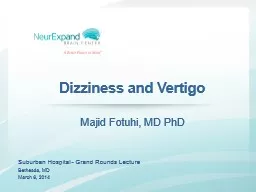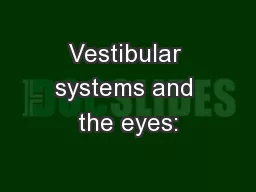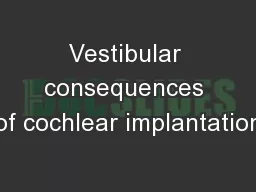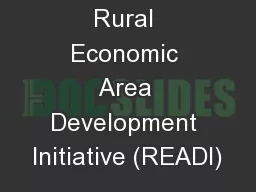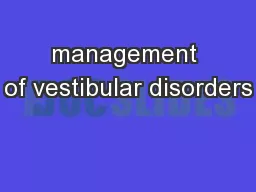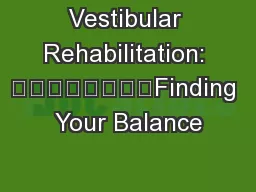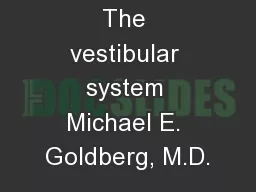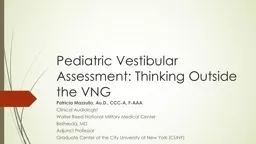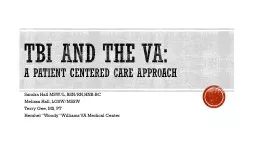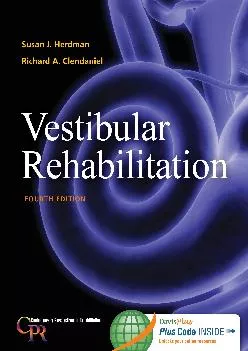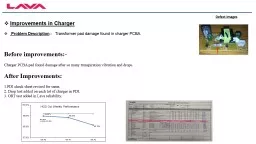PPT-Vestibular Rehabilitation facilitates improvements in readi
Author : sherrill-nordquist | Published Date : 2016-08-08
By Karen Stevens Hallamshire Physiotherapy Clinic Sheffield Case history A 21 year old male student was referred for Vestibular Rehabilitation VR after sustaining
Presentation Embed Code
Download Presentation
Download Presentation The PPT/PDF document "Vestibular Rehabilitation facilitates im..." is the property of its rightful owner. Permission is granted to download and print the materials on this website for personal, non-commercial use only, and to display it on your personal computer provided you do not modify the materials and that you retain all copyright notices contained in the materials. By downloading content from our website, you accept the terms of this agreement.
Vestibular Rehabilitation facilitates improvements in readi: Transcript
Download Rules Of Document
"Vestibular Rehabilitation facilitates improvements in readi"The content belongs to its owner. You may download and print it for personal use, without modification, and keep all copyright notices. By downloading, you agree to these terms.
Related Documents


